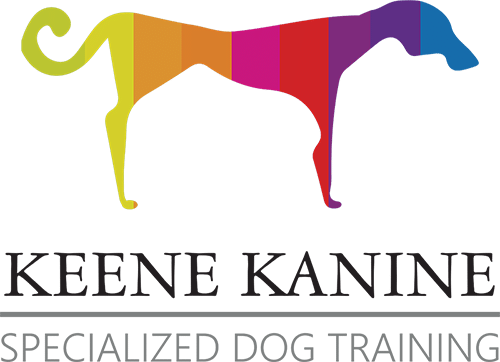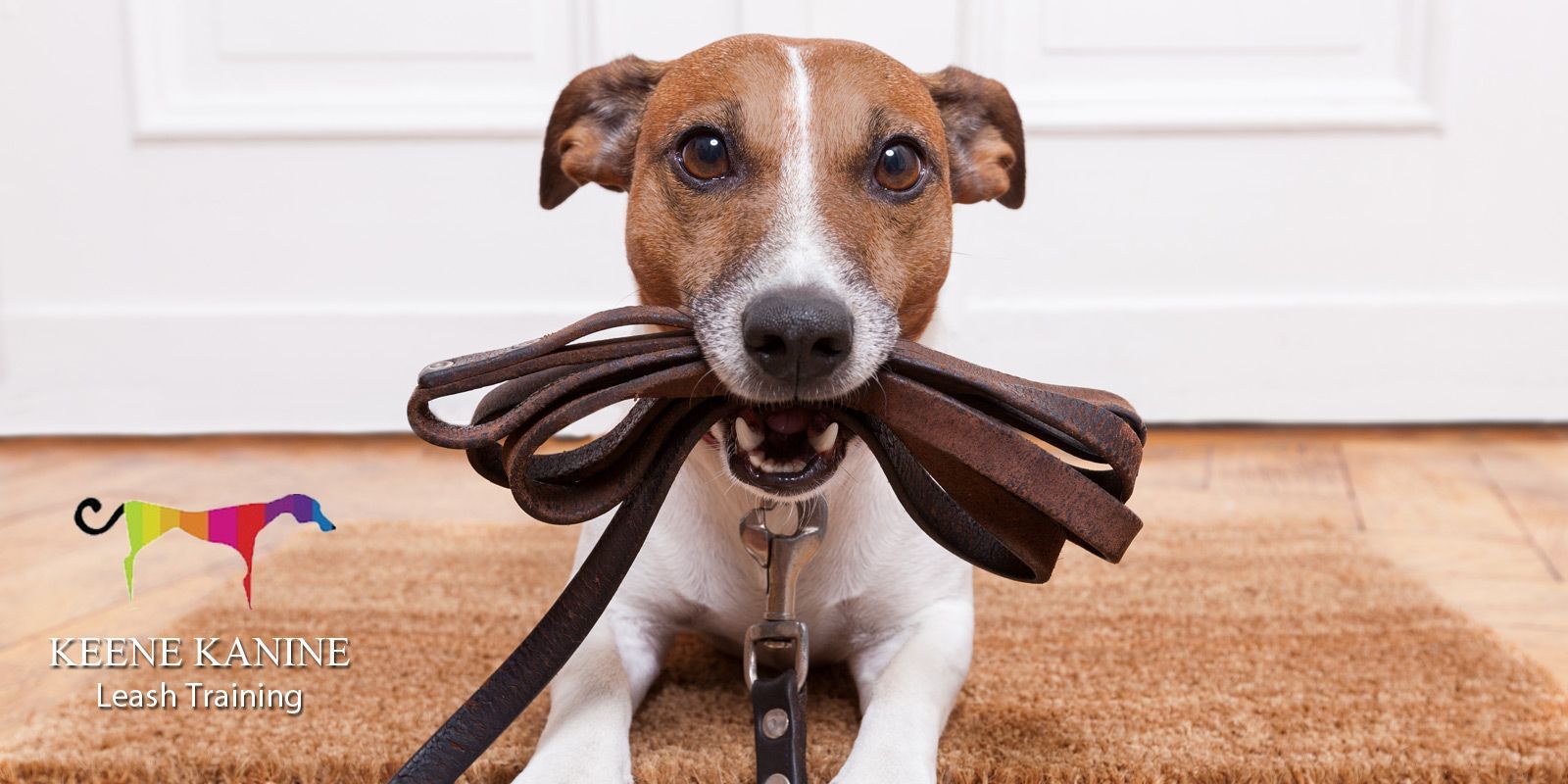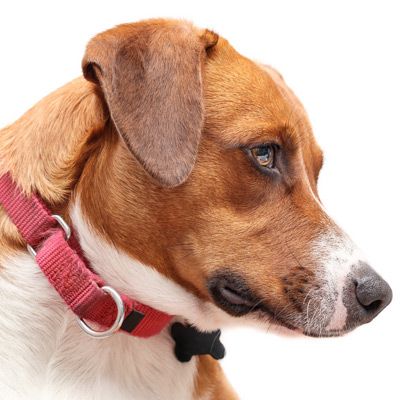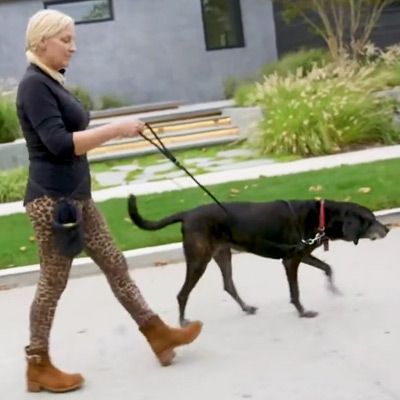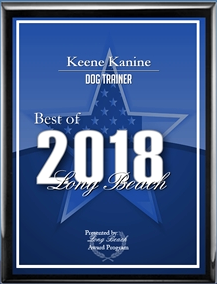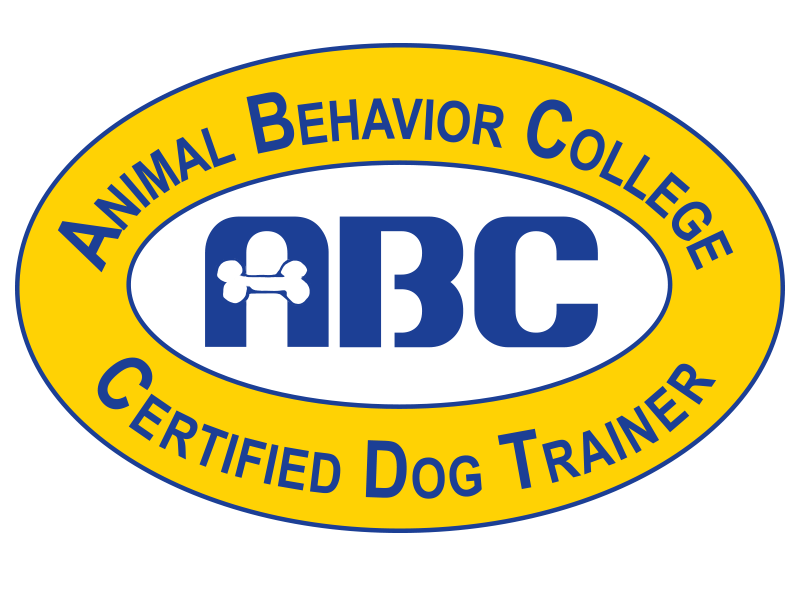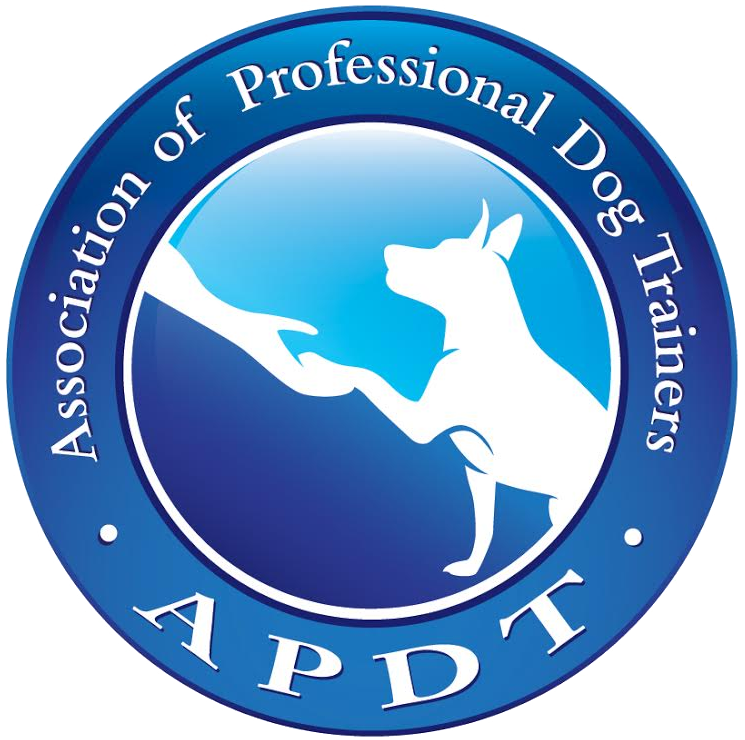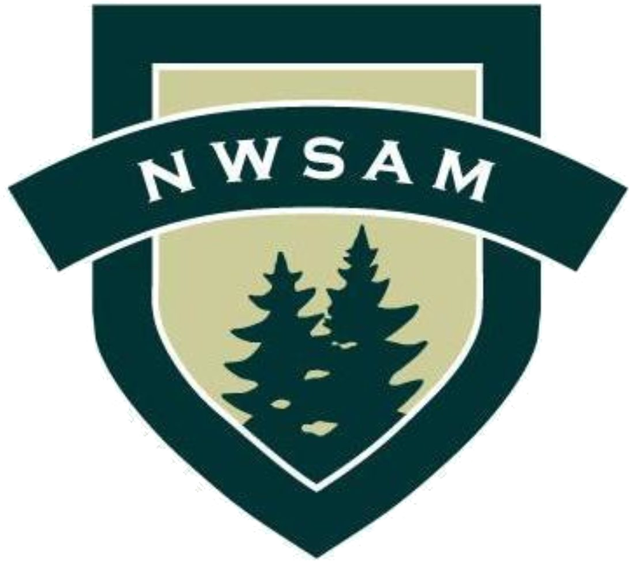Leading Dog Trainer Teaches Your Dog to Walk on a Leash in Long Beach and Serving all of Nassau County, NY
I ride around my town and see people being pulled by dogs everywhere I turn. So I'm here to stop all that and make walking your dog fun for everyone to learn. Almost all dog owners walk their dogs on a leash; however, few people know how to walk a dog properly. Dogs can walk at our pace without pulling and still enjoy their walk, being under our command while still having a good time!
So why do we let dogs pull?
Some think that's the way it's supposed to be. Some people don't know that it can be changed. Everyone wants their dog to enjoy the walk and have a good time, and they associate being under our control with not having a good time, which is mistaken.
I hear people say every day I don't want to break the spirit of my dog, "I still want him to be happy," and this and that while they get shoulder replacements and deal with physical therapy from injuries due to being pulled by their dogs.
So there are ways to train your dog to walk correctly on the leash, and I will discuss this here as well as common problems associated with walking your dog. I will also discuss choices in equipment and the pluses and minuses of each.
Interestingly puppy training usually does not include leash walking at first because most little puppies are not allowed out on the sidewalk yet. Many puppy owners have owned their dogs for a few months before they are allowed to take the dog out on a leash.
It becomes of secondary importance to train leash walking when people get dogs, and they think of dog training and their puppy. Before I take a dog out on the leash, I usually walk it around the house and get it used to having a cord attached.
Watch Maureen Demonstrate Leash Walking Training
I then introduce a walking command so when I am doing this leash walking indoors, I am saying or possibly singing the walking command repeatedly as we happily walk around short distances inside the home. By making the walking command fun and musical, I can introduce a light, fun moment with the walking that the dog enjoys.
Then, when I bring back the same musical song/walking command, the dog feels happy and spirited and enjoys the same behavior as it exhibited earlier when I sang the song/walking command.
Once this is established nicely indoors, I transfer the walking command outdoors along with the same musical tones. I recall the same behavior outside/so I get a happy walk outside because I've already been walking and establishing a walking command/musical song inside.
Then, of course, the establishment of communication is key, which I start with every puppy or dog so that when we are walking, we can clear in a nanosecond what we like and do not like throughout the walk. This way, the dog is clear, and we start our groundwork for change and a better walk.
After establishing a walking command, I establish the wait command when I see a dog running off on the leash like we are in a big pasture together. Before he gets to the end of the leash, I say wait! Then, when he gets to the end of the leash, there is a correction - a snap on the caller or leash.
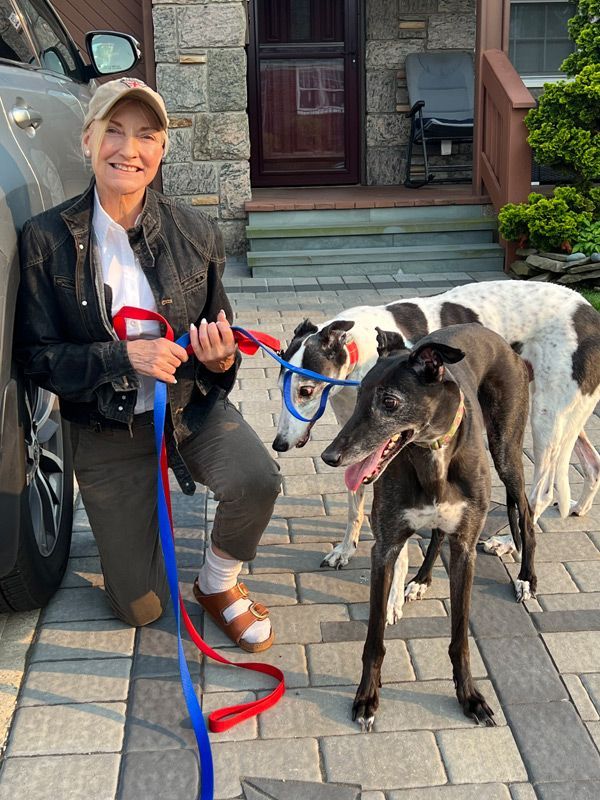
I make a negative sound when a correction is issued, and soon they start to listen when I say the word wait before they get to the end of the leash. The third command I like in place for the walk is the "leave it" command. That is the most important command on the walk because this command tells the dog not to pay attention to outside triggers and only to pay attention to me!
When the dog is not paying attention to another dog, a person, a passerby, or other triggers, it is easier to have them under your control. Nothing is better than a dog in public that is 100% under the owner's control!
A Martingale collar is helpful if a dog is going to pull away and possibly get off the collar and leash. This is similar to a choke chain, although it is usually made of fabric. Most people today have concerns about pulling the dog's neck and damaging the trachea, which is a legitimate concern.
The alternative choice is a harness, which is usually a mistake because this item allows the dog to pull freely, and if you pull back too hard on the harness, it can come off; therefore, we are afraid to pull back, thus allowing the dog to pull us everywhere on a harness.
I prefer a leash that attaches to the collar and sometimes to a harness, and this leash wraps around the chest and tightens on the chest when the pulling begins, as opposed to tightening on the neck.
The "love the pet no pull leash" and the "thunder leash" are two items in this category that are my preferences. We are discussing loose leash walking here, and I would like a leash to be around 5 feet to give the dog a distance to travel away from us without constantly being tight on the neck.
If we keep the collar or the leash tight the entire time we are walking, we will not be able to issue a correction because we will already be in correction mode.
I advise people to walk along with the leash loose, and to issue a correction when the pulling begins. Then loosen the leash again so that the dog will feel tightness only when they are getting a correction, and this way, they learn to walk nicely on the leash because it is the most comfortable way to walk.
I don't allow dogs to cross behind me, and when they start walking behind me to get to the other side, I make the negative sound and lead the leash back around the way I want and not behind my legs. At the beginning of leash walking and leash training, I advise people that they are not operating self-driving Teslas; they are driving a car in a sense when dog walking.
Not a good time to be busy on cell phones or holding a fist filled with a wallet and keys in one hand and a dog leash in the other. I like to keep the dog engaged with us. When we are busy doing other things on the walk, they get busy doing other things, which will pull us off of our feet.
Contact Maureen for a Free Dog Training Consultation!
Leash walking is fun and simple if it's approached positively, and even though we control many aspects of the walk, we want the dog to feel free and be able to have fun and enjoy his walk.
We can communicate clearly with our dog by teaching simple and clear commands for the specifics needed during the walk. Then, with minimal effort, we can get the results we want so that we are that enviable guy or gal strutting down the street, dog in hand, exhibiting the perfect walk! Let's introduce your dog to Maureen and see just how well they get along!
Please contact Keene Kanine today!

